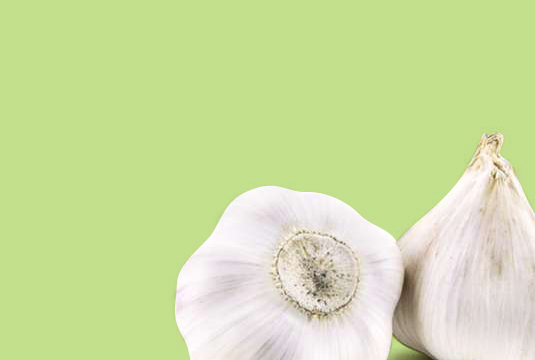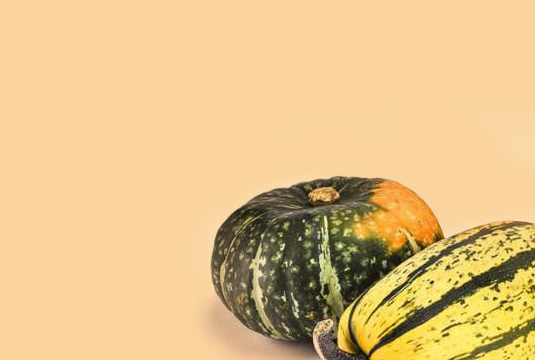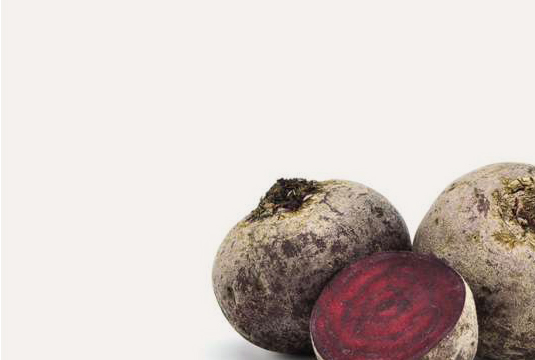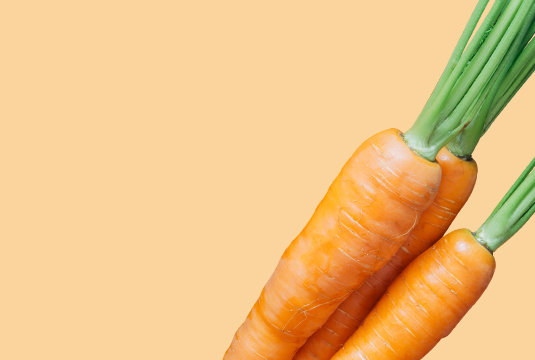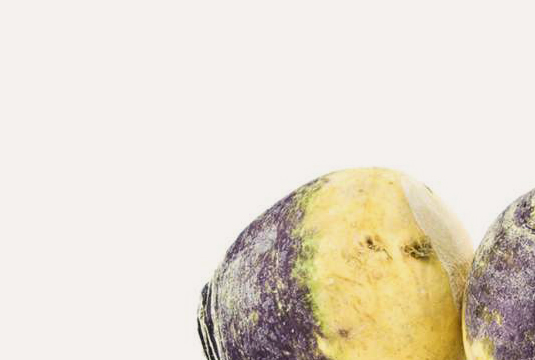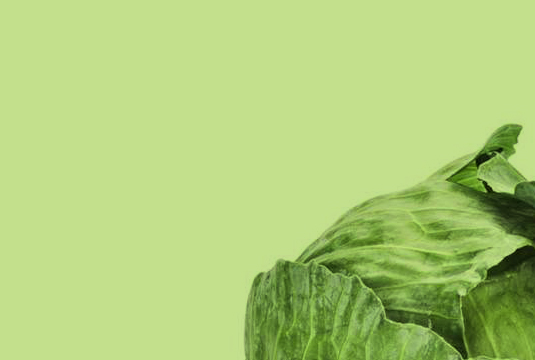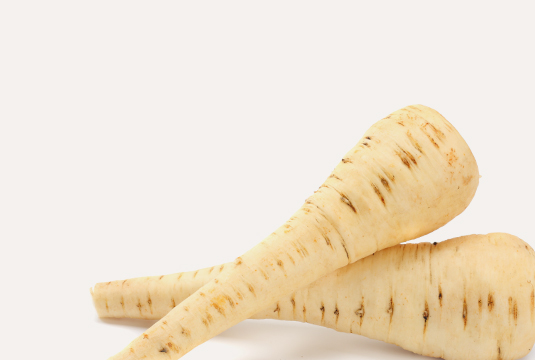
Parsnip
Products
Parsnip
Our Offer
| Products | Formats | QTY / PAL. | Availabilities | ||||||
| Parsnip | |||||||||
| Large | 20 – 25 lb | 100 | 12 months | ||||||
| Medium-Large | 20 – 25 lb | 100 | 12 months | ||||||
| Cello |
|
|
12 months | ||||||
Nutritional Value
Vitamin C: Source (19% of the recommended daily value per portion)
Folacin: Good source (20% of the recommended daily value per portion)
Fibre: Source (2,7g per portion)
* A portion equals 67g (125ml of turnip) raw vegetable.
There’s no need to peel the parsnip like a carrot; brush them! Its skin is really thin and easy to peel after cooking time, particularly when cooked as a whole.
Parsnip Gratin
- 250ml of tomato juice
- 1ml of basil
- Onion powder
- Salt and pepper
- 5ml of cornstarch
- 15ml of cold water
- 250ml of GNC cooked diced parsnip
- 250ml of cooked cauliflower
- 15ml of wheat germ
Season the tomato juice and bring to a boil. Add cornstarch mix with water. Stir until the mixture thickens. Put the vegetables in an oven proof dish and pour the sauce. Sprinkle wheat germ and bake to 200C (400F) for 10 minutes.
Makes 4 servings
Tips & Facts Express
Keep the skin untouched to avoid oxidation. If peeled, plunge them into a mix of water and vinegar or lemon juice.
Did you know that…?
We recommend conserving parsnips in the fridge, non-washed and covered, for up to 10 days.
Historical Note
Latin: Pastinaca sativa
These root vegetables originated from the eastern part of the Mediterranean. The parsnip was hugely used by Greeks and Romans. In the past, in Europe, the parsnip was as popular as potatoes are in present day North America.
Storage
Ethylene Tolerance Yes
Temperature (°C) 1 – 0
% Relative Humidity 90 – 95
Duration (days) 28 – 95


